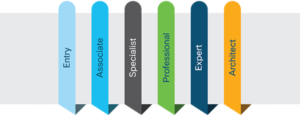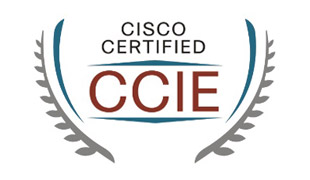
I will be conducting a live webinar to discuss the exciting details about the new Enterprise Infrastructure Cisco Certification track.
This Webinar will be on Monday, June 17 at 7 PM EST. The live event is limited seating and therefore is only available for AJSnetworking.com CCIE Prep Club members. I will make the recording of the live event available for all just after I finish. It will be posted here on the blog.
I am going to be covering the following:
- All certifications and exams that make up the Entry level to the Expert level
- Interesting new changes
- The full scope of the curriculum covered in the track from Entry to Expert
REMEMBER: Let’s stick to the facts here and not get caught up in all the hype! I hope to see some of you in the live event, and I hope everyone enjoys the recording!
